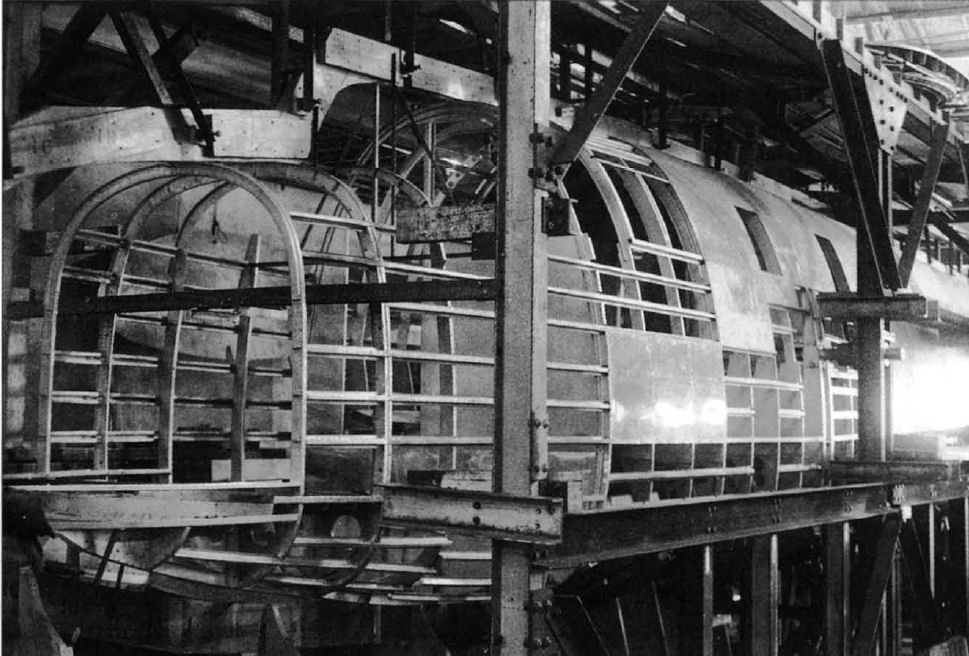Supermarine Type 317
In 1936 the Air Ministry issued specification B12/36, its first for a four-engined heavy bomber for the Royal Air Force. Supermarine, among others, were invited to tender a design.
Supermarine’s design, the Type 316, was a single-spar, mid-wing aircraft; the leading edge was swept-back but the trailing edge was straight. Bombs were carried in both the wings and the fuselage and defensive armament was in three turrets. Of the different power plants suggested for the Type 316, there were three of more than 1,000 hp (746 kW): the Rolls-Royce Merlin, the Bristol Hercules radial engine and the Napier Dagger. The aircraft’s estimated maximum speed was between 325 and 360 mph and the estimated cruising speed was 260 mph. The estimated operating ceiling was around 30,000 ft (9,144 m) and range was 3,000 mi (4,800 km).
The different proposals were considered by the Air Ministry in late 1936. The 316 was initially low down in the list of preferred designs but by January 1937 it had been selected as the preferred choice. Both the Air Ministry and Supermarine initiated changes to the design, giving it a larger wing area and a twin tail unit. This revised design was the Type 317 and two prototypes with Hercules engines were ordered on 22 March 1937.
To offer the greater use of possible engines, Supermarine continued with design work for a Merlin engined version – the Type 318. In July 1937 Supermarine were told to stop work on the 318 to concentrate on the 317.
Loss of the Prototype
While still under construction, the two prototypes were lost when the Supermarine Works at Woolston was bombed by the Luftwaffe. This attack on 26 September 1940 also resulted in the loss of the construction plans . The Air Ministry formally cancelled the order in November.


